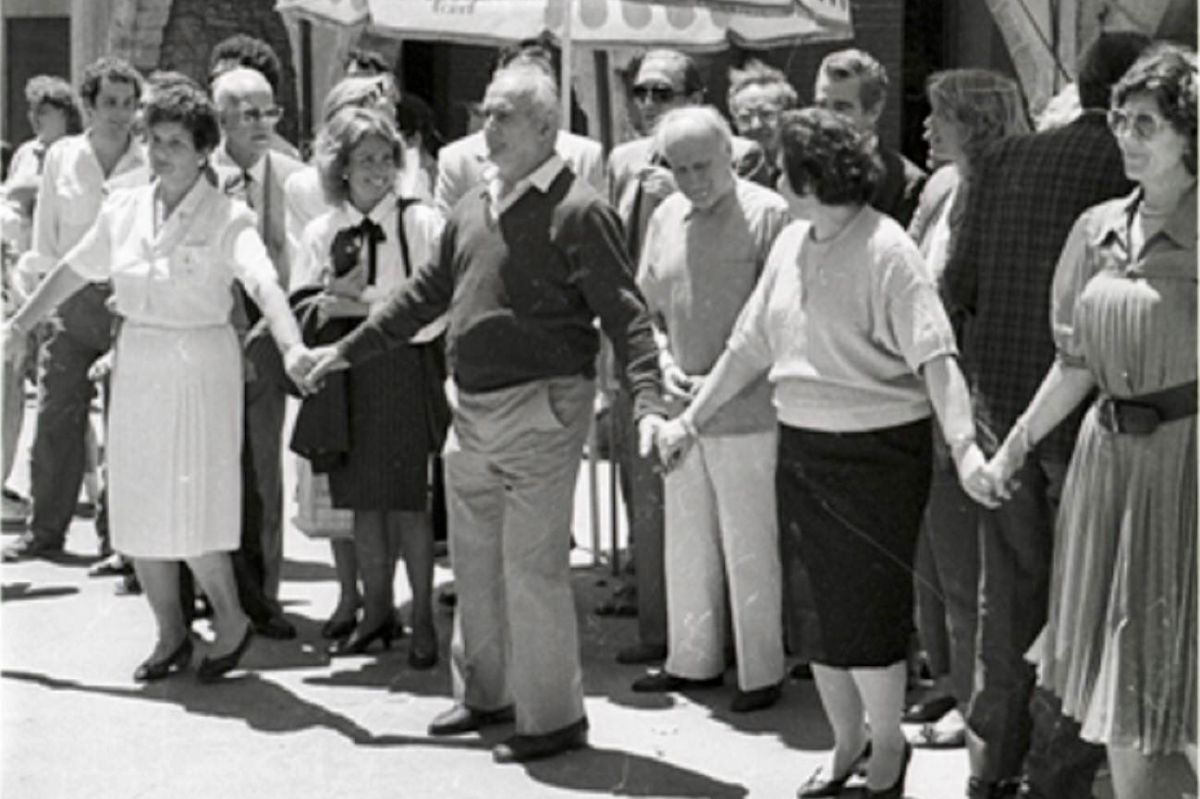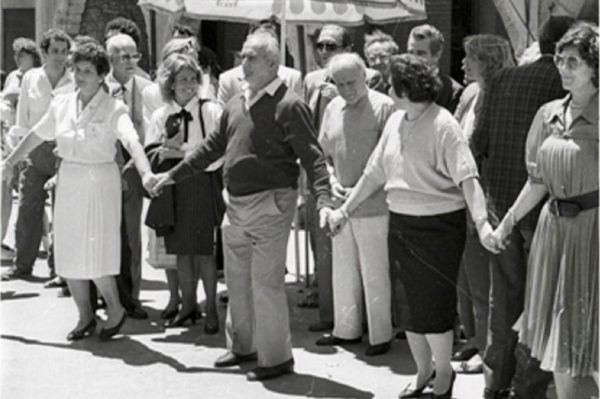- Home
- Who we are
- Torroella, town of Music
Torroella, town of Music
There has been great interest in music in Torroella for centuries. The town's Musical Chapel of Saint Genís enjoyed the services of gifted teachers, such as the noted composers Anselm Viola and Benet Julià, who went on to be choirmasters at the monastery at Montserrat. There were also the choirs and coblas. The Cobla Montgrins, founded by Pere Rigau, born in Torroella, is the most longstanding of those active today. The composer Vicenç Bou continued the tradition in later years.
Thanks to its geographical situation and cultural history, Torroella de Montgrí has always been open to the musical influences that have arisen in the course of history, and the tradition continues to the present day, thanks to the receptive attitude of the town’s inhabitants, and constant effort and hard work on the part of local cultural associations.
The heritage of ancient civilisations, the music of important centres of worship, the monarchies which employed musicians of French origin and adopted the Ars Nova style, cultural interchange with other countries – all these were key elements in the process of musical innovation. The Catalan nobility also played its part, and this spirit of artistic renewal led to a steady increase in the importance of the Musical Chapels. Torroella de Montgrí was no exception in this process. The Royal household in the town provided the houses of the nobles and the townspeople’s festivities with troubadours and other musicians. The whole town lived and breathed music.
The guilds and the system of musical patronage at the church of Saint Genís came into being in the 14th, 15th and 16th centuries, a period of great economic growth. There are municipal documents of the time referring to professions related to music and the arts, such as instrumentalists, maestri di canto (mentioned as early as 1515) and makers of altars, reredos and religious images. A new, affluent social class came into being, which in turn led to an increase in social and musical activity.
Studies by Joan Radressa i Casanovas give an exhaustive list of the posts of responsibility held in the parish and the names of the citizens holding those posts. This information has its origin in the Llibre de Possessions from the 14th century and the Llibre de la Consueta from the 18th. The town’s Musical Chapel ceased to exist in the course of the 19th century, although there is little documentation from before 1700 referring to its activities.
The evidence suggests that plainsong and polyphonic chant were in common use and that quality of performance was high. The organist and composer Francesc Civil i Castellví has described the importance of the Musical Chapel of Torroella, whose members were often asked to perform with the Chapel at Girona Cathedral. In his doctoral thesis, Xavier Daufí also mentions the first performances at Torroella of two Italian-style oratorios.
Despite economic ups and downs, it seems that the Musical Chapel at Saint Genís continued over the years with its double function of musical performance and choral training of the choirboys. Well-known composers such as Anselm Viola and Benet Julià were born in Torroella, and received their early training at the Chapel before moving on to Montserrat.
In the mid-18th century, economic recession led to the same performers having to take charge of all aspects of musical production. This, together with the influences of Italian musical practice, led to a similarity of styles in both secular and religious music. During this period, the church of Saint Genís was the starting point for musicians of renown such as Arquimbau, Serratosa, Prat, Marqués and Juncà. These were men whose ambition was to secure a good professional post, or to move up to positions of responsibility in more important centres of musical production. Also at this time the custom was established of hiring cobla bands to play at ceremonies or festivities.
In the early stages of the French revolution, the political situation, with economic recession and disentailment of property, led to a fall-off in interest in the music performed by the Chapels and a reduction in the economic contributions they had previously received. In the course of the 19th century, the musical posts of responsibility at Saint Genís came to be abolished.
We hope that in the near future further research will be carried out, and that more musical evidence and other data will come to light, providing us with further details of the history of our Musical Chapel. It was an important institution, in which the town’s inhabitants could in past times develop their interest in music and communicate to future generations the importance and the pleasure of making music an integral part of daily life.
Joventuts Musicals de Torroella de Montgrí
Convent dels Agustins. Apartat de correus 70
17257 Torroella de Montgrí (Girona)
Tel. +34 972 760 605

























